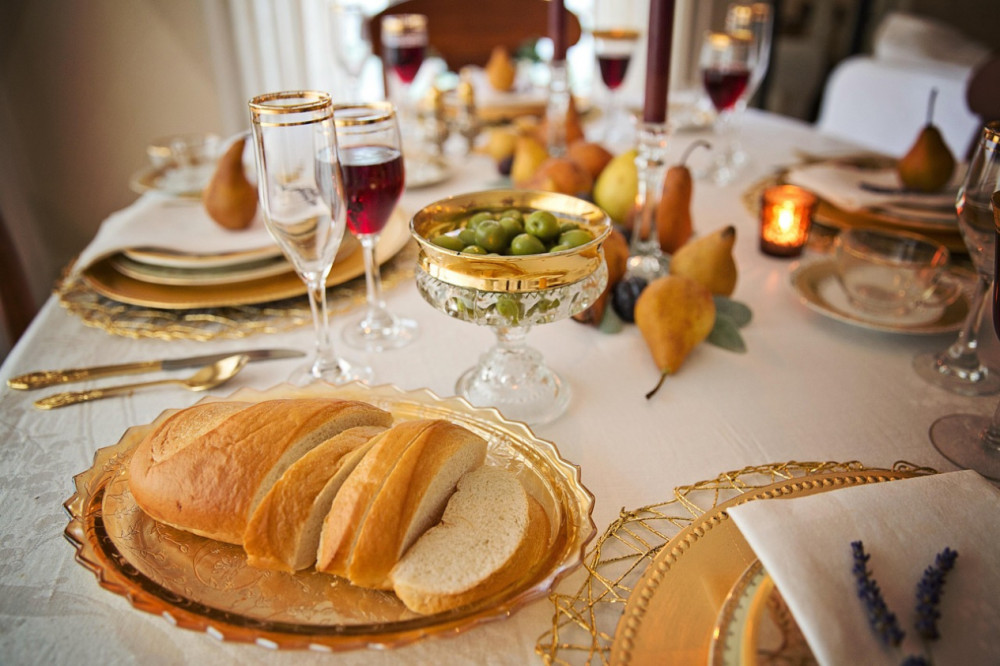
Cues for Clicking Tantalizing Food Pics

Cues for Clicking Tantalizing Food Pics
Food photography is about capturing the right flavour, magic, colour and taste of food without actually tasting it. With every click, a plate of food gets stamped in history and becomes a work of art that can make or break the social media marketing strategy, blog post, or product photo of - businesses like restaurants, food trucks, bakeries, grocery stores; and professional segments like home bakers and home chefs.
Good food photography is less about the equipment you have and more about understanding how to emphasize the aesthetic beauty of your food. This can be done through the below mentioned four elements –

Plating
This is basically the aesthetic arrangement of food. With nothing but an image for the user to go by, plating is the first step to creating the idea that the food being photographed is just as juicy and yummy as it appears to be.
Here are some things to keep in mind when plating your food before taking a photograph:
- If you’re photographing food that’s more natural-looking, (say a salad or a soup) you can be slightly chaotic and messy with the plating; but in case of otherworldly delicacies like - rainbow smoothies or galaxy cakes—neatness in your plating is a mandate
- Wooden cutting boards and picnic tables can lend a rustic feel to homey foods like burgers and fries; while classic white plates can give colourful foods a more vibrant oomph
- When plating food, start in the middle and work your way out from there in order to ensure symmetry
- Deploy tools like spoons, squeeze bottles, tweezers and even paint brushes to meticulously decorate the plates in a decorative and precise way, like a painter designing a canvas; go ahead and use sauces and patterns to give your plate an artistic edge!

Lighting
- Lighting from the side of your food is a great way to bring out the shadows and bright spots of certain food textures—such as bread, meat and cheese
- Watch out for harsh shadows
- Use soft, diffused light
- Avoid lighting from the front as it has a tendency to create harsh bright spots in your photograph making your food appear bland and tasteless

Composition
- Sandwiches can be cut in half and shot from the side; while salads are best shot in an overhead, flat-lay style; abstain from shooting your food from a front-facing, downward angle
- Warmer colours—like reds, oranges, and yellows—are best for stimulating appetites; while greens can give a more natural and organic feel to your photographs. Avoid harsh, cool colours (blues and purples)
- Experiment with focused, close-up shots and less focused backgrounds

Editing
Photographer Mahin Thaker shares “Post clicking pics, opt for a photo editing tool to make some light touch-ups like colour balance and shading to give your photographs a more polished and professional look”. For doing this you could try –
- Making some adjustments to the sharpness of the image by applying the ‘Unsharp Mask’ filter to give the edges more definition and help to differentiate aspects of the image
- Adjusting white balance to help make an image look more “warm” or “cool”
- Adding higher contrast between light and dark parts of the image to give it more detail
- Adding a tad of saturation in a food picture to enhance the colours of your photograph and make the image seem all the more mouth-watering
On a conclusive note … food photography is an art. So unplug your creativity and don’t be afraid to try new things—like using food to sculpt a landscape or making desserts that look like cute animals.




